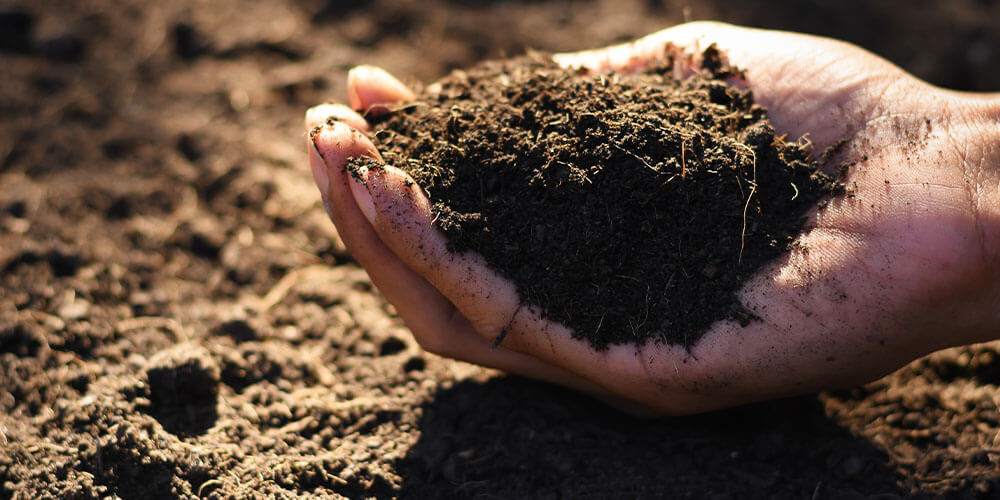Subscribe
Stay up-to-date on the latest plant releases and receive timely gardening advice to keep your landscape flourishing.

Fertilizing plants can be a bit overwhelming to new gardeners, but it can be an incredible tool to boost your blooms, create lusher leaves and tastier fruits and vegetables. Learning a few basic rules about plant food can help you feel more confident as you shop around on your next trip to a garden centre. At Eising, we want you to get excited about your plants and feel capable as you navigate the exciting world of gardening. Get your green thumbs out and read more about fertilizer.
In their natural habitat, plants don’t have someone mixing their soil in with fertilizers. However, most of the plants we nurture in our gardens aren’t growing in their native regions or environment, so sometimes they need a little help. Adding fertilizers to your garden can help it grow healthy and strong and even provide better fruits, vegetables, and flowers. Soil health is key to great gardens, so learn how and when to apply fertilizer to your plants for the best outcomes.
Fertilizer has an array of different nutrients that are crucial to plant growth. The main chemicals are Nitrogen(N), Phosphorus (P), and Potassium (K). On most labels, you’ll see the letters NPK clearly displayed.
Depending on the soil conditions and region you live in, many of your garden plants will need a bit of a boost. Each nutrient generally promotes certain types of growth: For healthy foliage, nitrogen will do the trick. For root growth and better blooms, you can count on phosphorus. To help overall health, potassium is the way to go.

Seeing all those numbers is intimidating, but we will try to make it simple. You don’t need to have aced your biology and chemistry exams to use fertilizers effectively. Use the numbers as a guide to give your plants the best boost.
These numbers, known as NPK numbers, represent the amount of each element you’ll find in the package. For example, a fertilizer that has equal numbers across the board, 10-10-10, is considered a balanced fertilizer. Nitrogen, phosphorus, and potassium are present in equal parts.
One with varying numbers, such as 10-20-10, shows a higher ratio of Phosphorous (P) in this particular mix. The packaging will always follow the N-P-K order, which will help with any confusion.
Some brands list “micronutrients.” Fertilizers with micronutrients will have small amounts of naturally occurring elements such as manganese and copper, for example. Micronutrients are great additions to keep plants strong, thriving, and resistant to issues like diseases.
Remember that if you’re wondering about the best fertilizers in Simcoe, you can contact us. We’ll help you find the right match for your plant’s needs.

You can never go wrong if you follow the instructions on the packaging. Make sure you thoroughly read the instructions before getting started. The makeup of fertilizer can be as unique as your plants are; they all have different nutrient ratios, and many factors require additional steps and precautions. Using the wrong type of fertilizer or using it the wrong way can spell disaster!
While it can be a bit tricky, the more you know, the better! That’s why we are here—feel free to contact us anytime with any gardening questions. We’re always happy to help!
Stay up-to-date on the latest plant releases and receive timely gardening advice to keep your landscape flourishing.